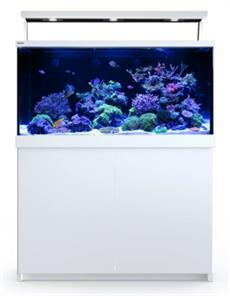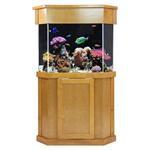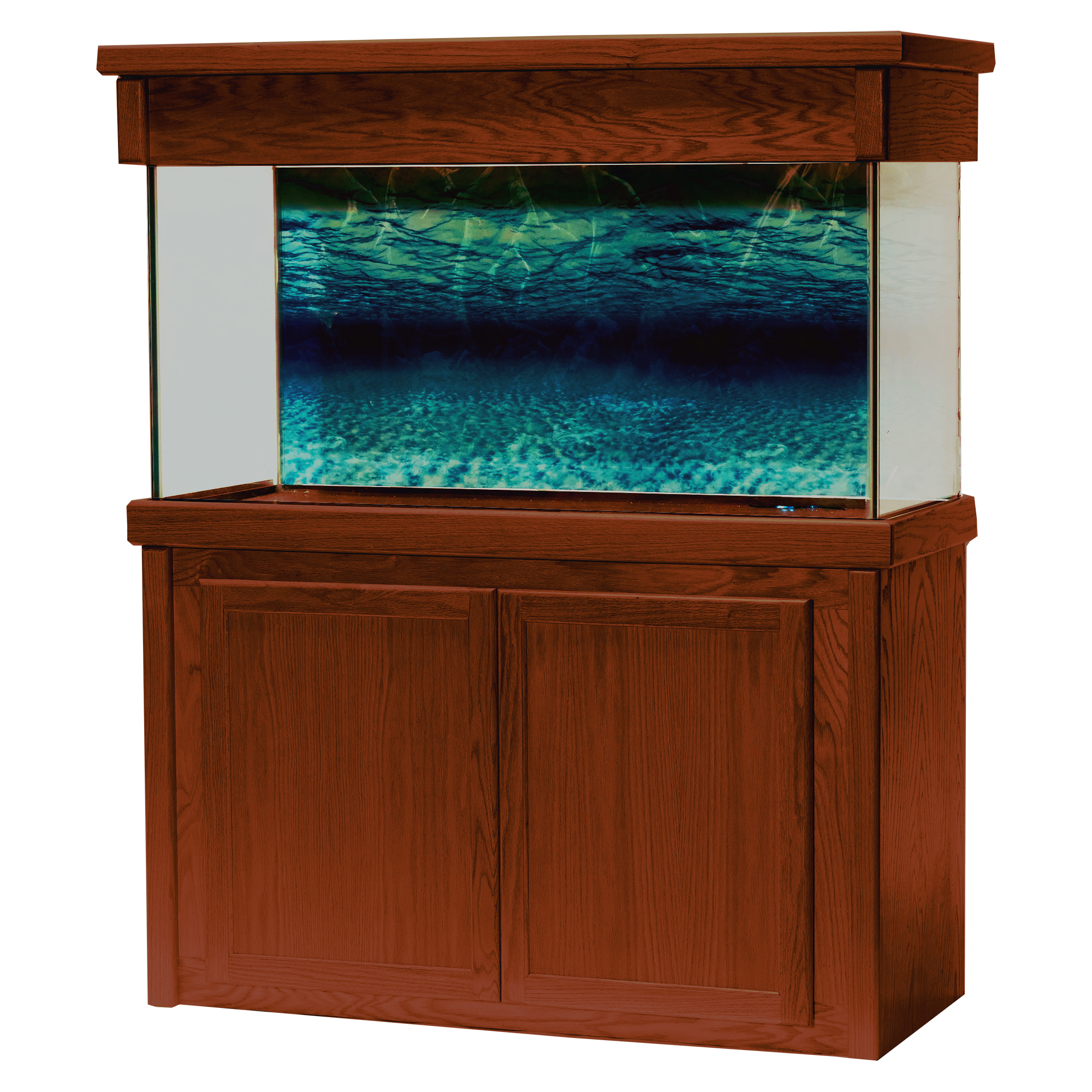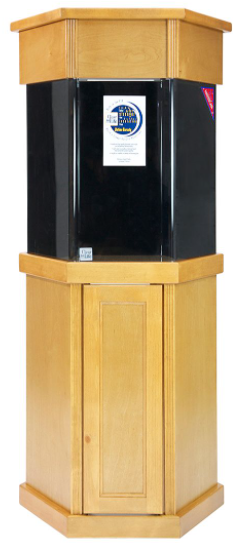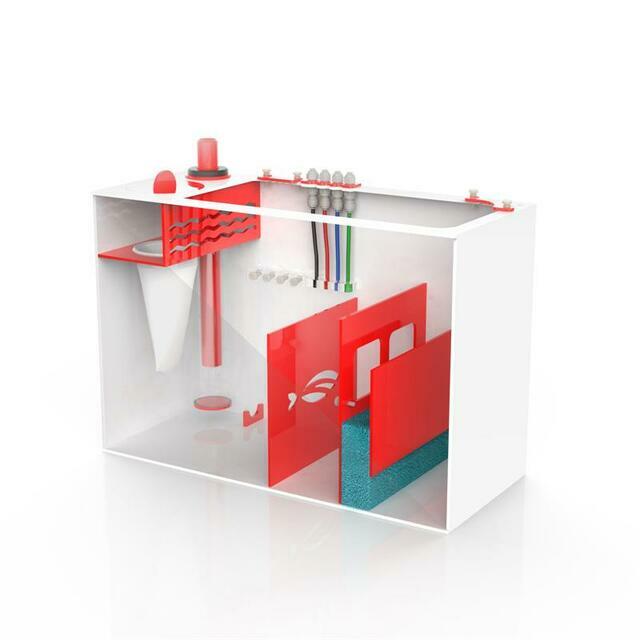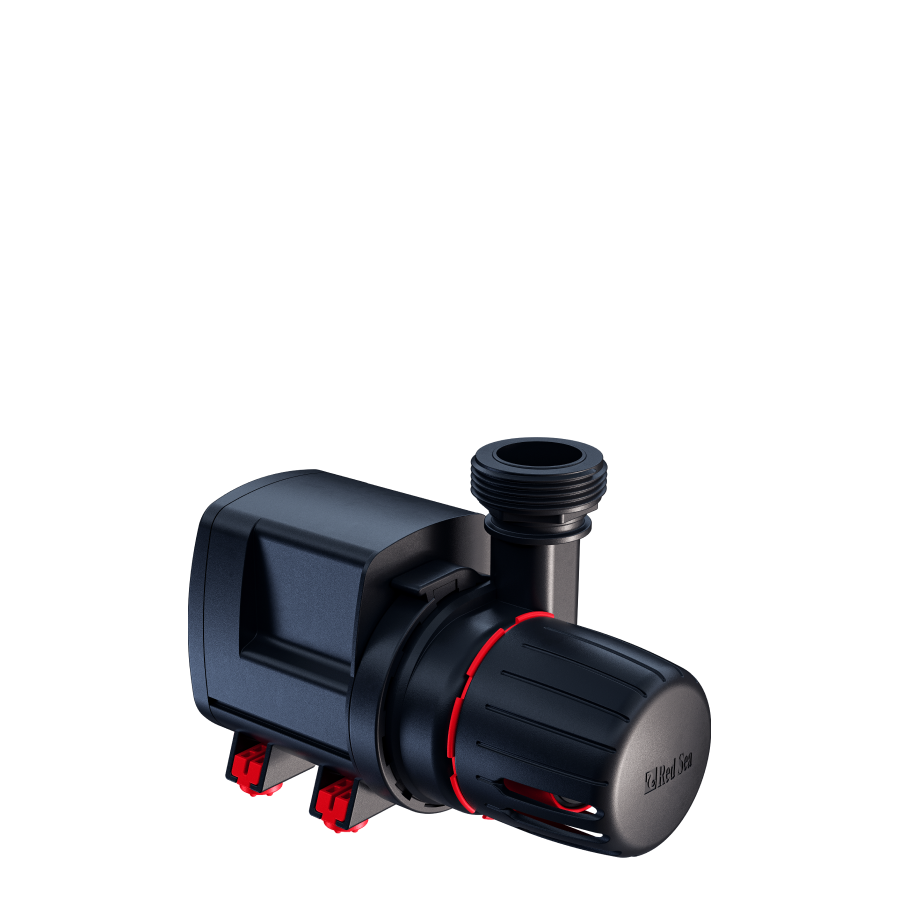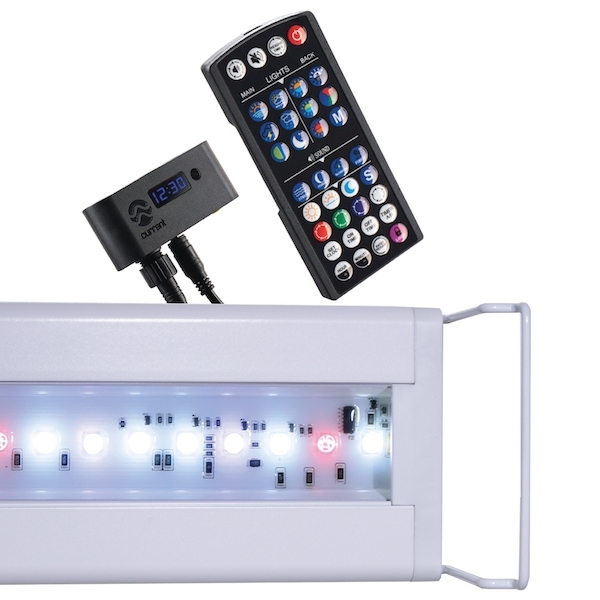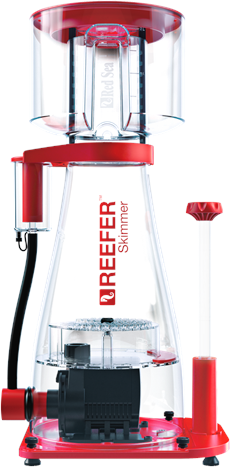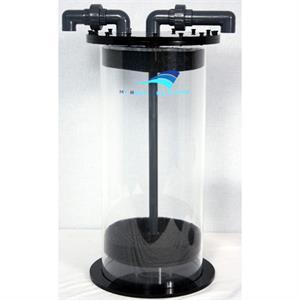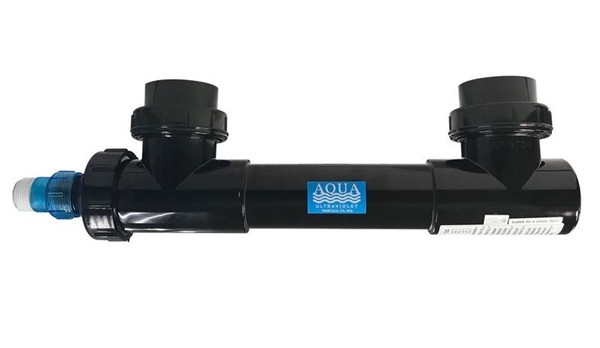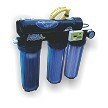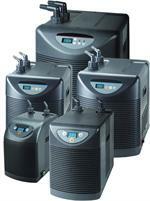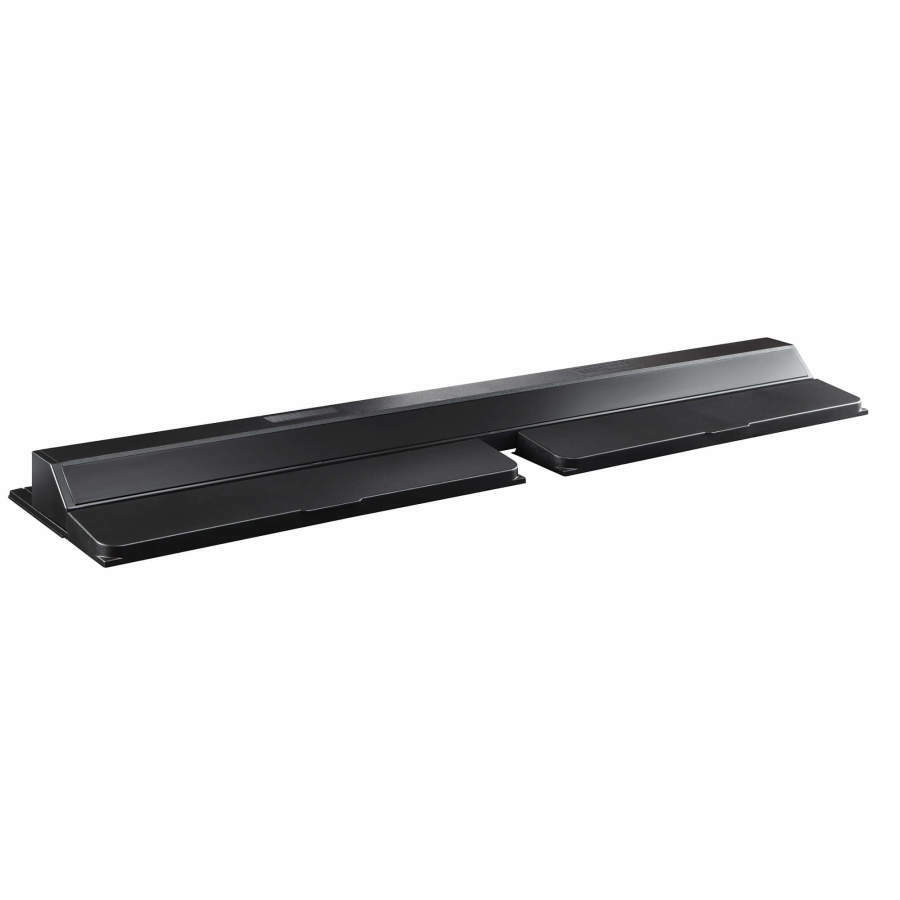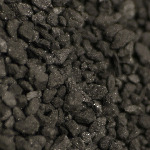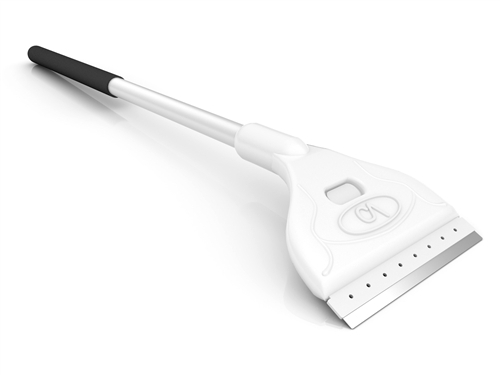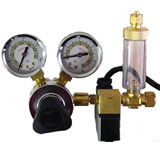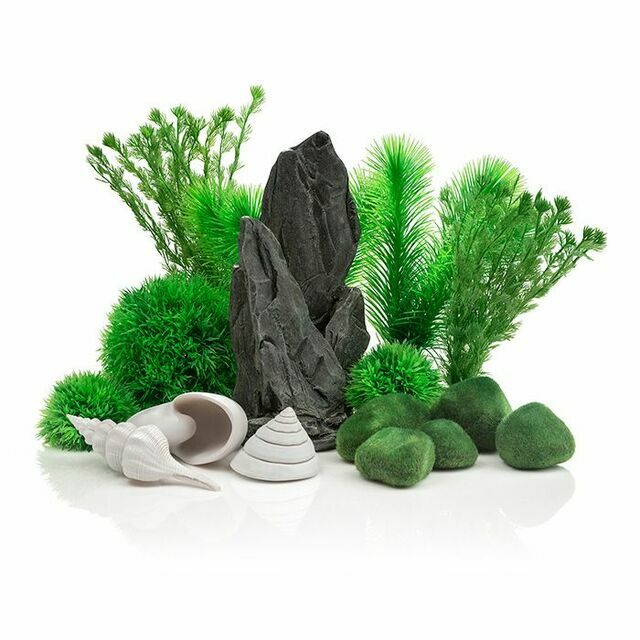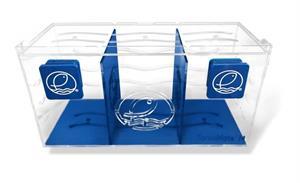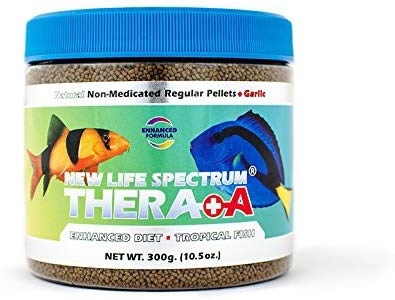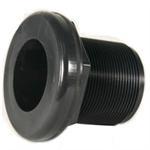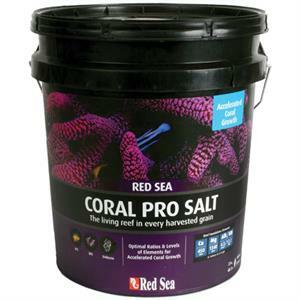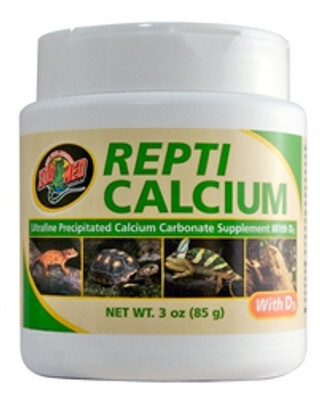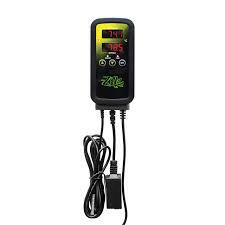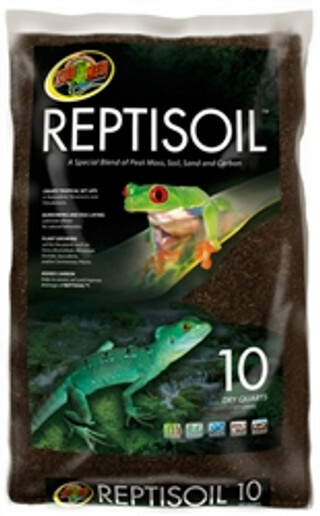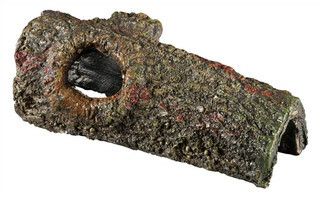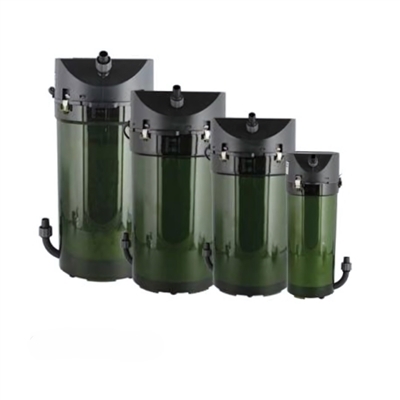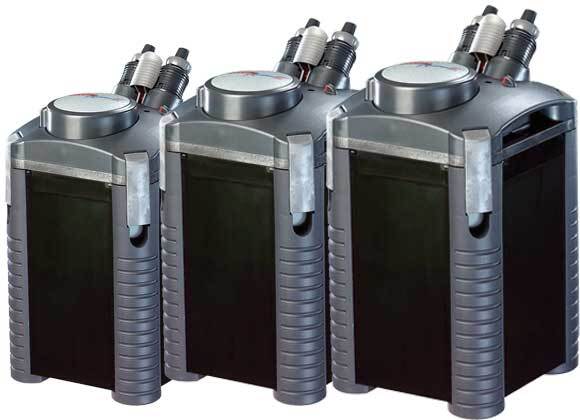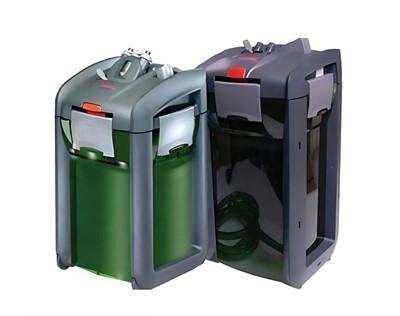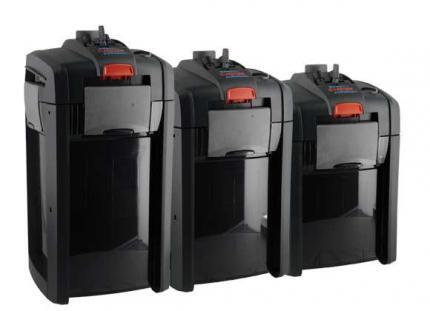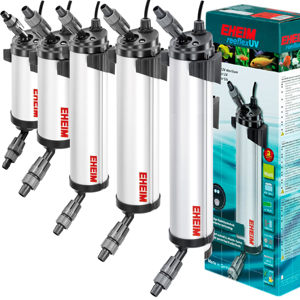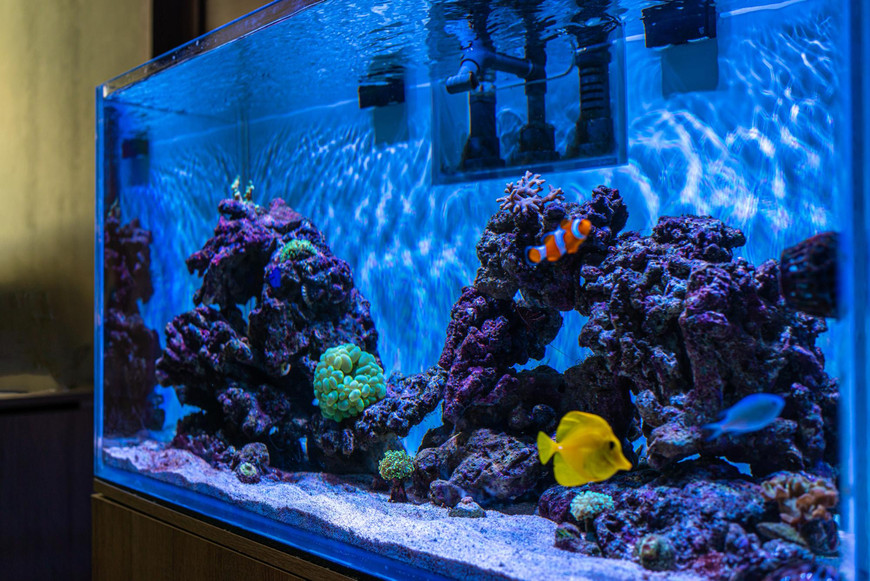Why You Need a Sump in Your Saltwater Aquarium
Fish Tanks Direct on Feb 27th 2025
Adding a sump to your saltwater aquarium can be one of the best decisions for improving the overall health and efficiency of your tank. A sump functions as an additional water reservoir, allowing you to house essential equipment out of sight while increasing the total water volume. This setup not only enhances filtration but also helps maintain a stable and balanced aquatic environment.
Utilizing a sump provides an opportunity to streamline tank maintenance and boost water quality effortlessly. It becomes easier to manage the ecosystem of your aquarium, offering benefits such as reduced nitrate levels and improved oxygenation. These benefits lead to happier and healthier aquatic life, making tank management a less daunting task.
Understanding the role of a sump can transform how you approach saltwater aquariums. By integrating this clever system, you enhance your ability to create a beautiful and thriving underwater habitat. This article explores why a sump is indispensable for your marine setup and guides you through designing and managing an effective sump system.
Understanding the Functionality of a Sump
A sump is an auxiliary tank or reservoir that sits below your main aquarium, usually hidden in the cabinet stand. It acts as a support system for your saltwater tank by holding extra equipment and providing extra water capacity. Water flows from the main tank to the sump and back, creating a continuous cycle that helps manage and filter the aquarium water.
The sump system includes several compartments that can house various pieces of essential equipment. These components often include a protein skimmer, which removes organic compounds before they degrade into harmful substances. Heaters can be placed in the sump, providing a clutter-free main tank while precisely controlling the water temperature. Furthermore, sumps offer a convenient place for adding additional filtration media, such as sponges, bio-balls, or refugiums, boosting your filtration capacity.
Overall, a sump serves as an essential part of managing the complex needs of a saltwater aquarium, making maintenance easier and more efficient. By understanding its functionality and what it can accommodate, you can optimize your saltwater tank setup for more stable conditions and a healthier aquatic environment.
Benefits of Using a Sump in a Saltwater Aquarium
Using a sump in your saltwater aquarium offers numerous benefits, improving both water quality and overall tank efficiency. One of the key advantages of having a sump is the increased water volume it provides. More water volume means greater stability in water parameters, reducing the likelihood of sudden changes that could stress fish and coral.
A sump enhances the filtration process, ensuring cleaner and healthier water. By adding additional filtration options within the sump, you can remove waste more effectively, preventing nitrate buildup and promoting a thriving habitat for your marine life.
Sumps also contribute to reduced maintenance. Equipment like skimmers and heaters, housed in the sump, stay out of sight but remain easily accessible for cleaning and adjustments. This setup keeps the main tank visually appealing and easier to manage.
Here's how a sump can create a stable environment:
-
Improved Water Circulation: Enhances oxygenation and helps prevent stagnant areas in the tank.
-
Efficient Filtration: Offers space for mechanical, chemical, and biological filters.
-
Consistent Water Conditions: Stabilizes pH, temperature, and salinity levels.
These benefits make a sump an indispensable addition to any saltwater aquarium, ensuring better water conditions and a more enjoyable experience for both hobbyists and their aquatic pets.
Designing an Effective Sump System
When setting up an effective sump system, careful planning is key. The size and complexity of your sump should match your main aquarium's needs and space availability. Begin by measuring the dimensions of your aquarium cabinet to ensure the sump fits comfortably inside. Consider the size of your tank, as larger aquariums generally benefit from larger sumps with more compartments.
To design an efficient sump, start by dividing it into sections. A common setup includes:
-
Inlet Section: Where water from the aquarium first enters the sump.
-
Equipment Chamber: For housing protein skimmers and other filtration devices.
-
Refugium Section: Optional but beneficial for additional plant life and microorganisms.
-
Return Section: Where water is pumped back into the main tank.
Choose the right equipment based on the specific needs of your tank. For example, select a protein skimmer that matches your tank's size to ensure it effectively removes waste. Ensure that heaters are properly sized to maintain consistent water temperature throughout the entire system. Arrange the compartments to optimize water flow and prevent detritus build-up.
Properly designing a sump system not only enhances the efficiency of your aquarium but also simplifies maintenance and ensures a healthier environment for your marine life.
Troubleshooting Common Sump Issues
While sump systems provide many benefits, certain issues can arise, affecting their performance. Identifying these problems early and taking corrective action can prevent long-term damage to your aquarium.
Here are some common sump issues and their potential solutions:
-
Noise Concerns: Sumps can sometimes produce gurgling noises due to water flow. To fix this, adjust the water flow rate or use a filter sock to dampen the sound.
-
Pump Problems: Return pumps might fail or become clogged with debris. Regularly check and clean the pump to ensure it's running smoothly.
-
Water Level Fluctuations: Inconsistent water levels can stress your system. Use an auto top-off system to maintain a stable water level within the sump.
Preventative measures, such as regular cleaning and maintenance checks, can help avoid these common problems. Ensure all equipment is serviced and functioning correctly. Keeping the sump clean and organized also minimizes the risk of unexpected issues, allowing your aquarium to thrive.
Conclusion
Installing a sump in your saltwater aquarium can transform your fishkeeping experience, making maintenance easy and enhancing water quality. By understanding how sumps work and how to design an efficient system, you ensure a stable environment for your underwater ecosystem. Troubleshooting common issues and keeping up with regular maintenance means your sump will continue to support your aquarium effectively.
To elevate your aquarium setup and enjoy the full benefits of a sump system, explore Fish Tanks Direct's extensive collection of aquarium equipment and accessories. Our aquarium sump tanks are designed to meet the needs of every hobbyist, helping you create the perfect home for your aquatic life. Visit us today and discover how to optimize your saltwater ecosystem with ease.


